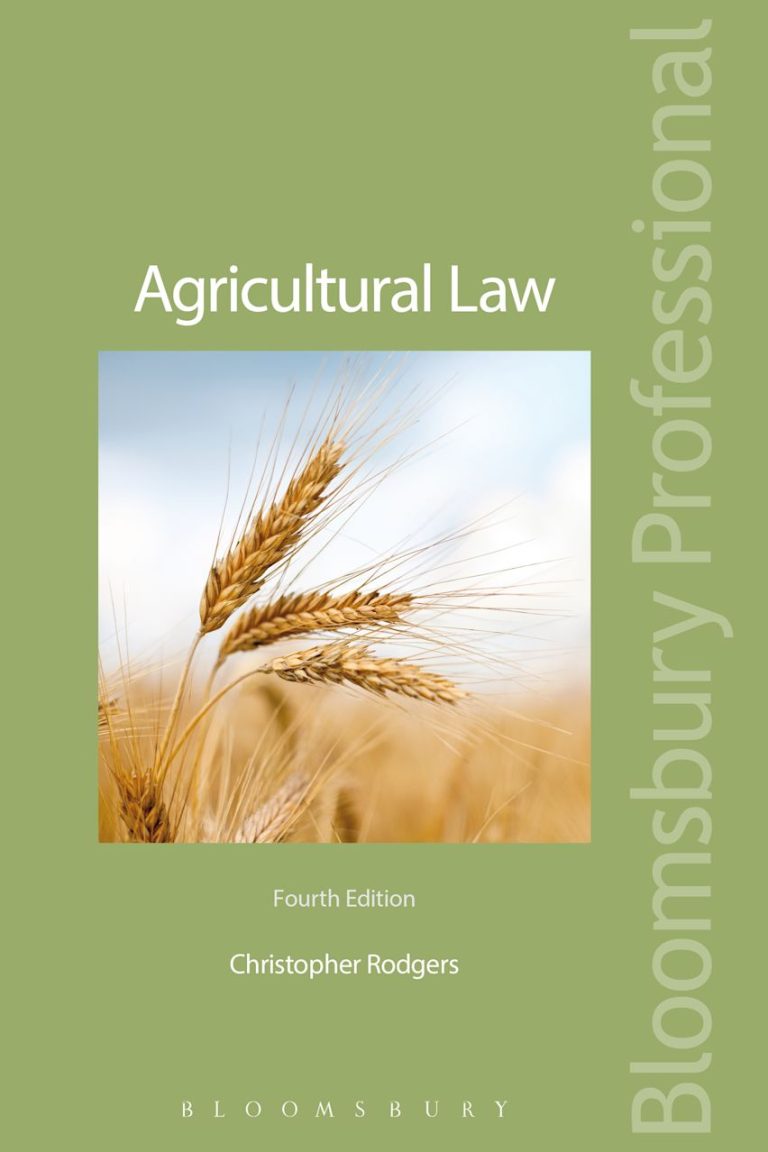
Introduction to TeSR™ Feeder-Free Media
The field of regenerative medicine has undergone remarkable transformations, largely due to advancements in pluripotent stem cell (PSC) culture technologies. Amongst these technologies, the TeSR™ family of feeder-free media stands out. This article presents an in-depth look at the TeSR™ Feeder-Free Pluripotent Stem Cell (PSC) culture media, exploring its wide-ranging applications, features, advantages, and the significant impact it has had on stem cell research.
What are Pluripotent Stem Cells?
Pluripotent stem cells are unique cells with the extraordinary ability to develop into any cell type in the body, making them critical in understanding development, diseases, and potential therapeutic applications. Derived from human embryonic stem cells (hESCs) or induced pluripotent stem cells (iPSCs), these cells can self-renew for extended periods while maintaining their pluripotent characteristics.
The Importance of Feeder-Free Cultures
Feeder-free cultures are pivotal in stem cell research as they eliminate the variability and potential contamination associated with feeder cells. This approach not only promotes a more defined culture environment but also enhances reproducibility in experimental outcomes. As a result, researchers can cultivate stem cells in a manner that closely mimics in vivo conditions, crucial for studying cell differentiation and function.
Overview of TeSR™ Media Family
The TeSR™ family consists of various formulations including mTeSR™ Plus, TeSR™-AOF, and others, designed specifically for the maintenance and differentiation of hPSCs. Each formulation has been developed with high-quality, rigorously pre-screened materials to ensure minimal variability between batches, making them universally applicable in both standard and specialized stem cell research protocols.
Key Features and Advantages of TeSR™ Media
Batch-to-Batch Consistency
One of the most significant challenges in stem cell research is maintaining consistency in culture conditions. TeSR™ media are formulated using high-quality, rigorously pre-screened components that ensure batch-to-batch consistency, thereby enhancing the reliability of experimental results.
Enhanced Reproducibility in Research
Reproducibility is a critical aspect of scientific research. The standardized formulations of the TeSR™ media family allow researchers to duplicate experiments across different labs and studies. This uniformity facilitates broader acceptance and validation of findings, particularly important in a field that is rapidly evolving like stem cell research.
Regulatory Compliance and Safety
The TeSR™ media are manufactured in compliance with good manufacturing practices (cGMP), ensuring that they meet stringent regulatory standards. Products like mTeSR™ Plus and TeSR™-AOF are not only safe for research purposes but also support eventual clinical applications, allowing for innovative translational research into therapeutics.
Applications in Human Cell Culture
Maintenance of hPSCs
TeSR™ media are primarily utilized for the maintenance of human pluripotent stem cells. For instance, mTeSR™1 has been widely utilized, becoming one of the most published feeder-free media globally. This media formulation promotes optimal growth conditions while preserving pluripotency. Researchers can maintain high-density cultures over extended periods, which is a vital aspect of existing and future stem cell-driven therapies.
Efficient Differentiation Techniques
In addition to maintenance, the TeSR™ media family includes formulations specifically optimized for differentiation. The STEMdiff™ suite of products provides tailored solutions for efficiently guiding pluripotent stem cells towards desired cell lineages. Several protocols using TeSR™ media have demonstrated effective differentiation into cardiac, neuronal, and hematopoietic cell types, among others.
Cryopreservation Solutions
Preserving pluripotent stem cells for future experiments is crucial. TeSR™ offers cryopreservation solutions like mFreSR™ which ensures cell viability post-thaw, maintaining functional integrity. This is particularly significant for long-term studies as it allows researchers to save and retrieve cultures without compromising quality or experimental continuity.
Comparative Analysis of TeSR™ Products
mTeSR™ Plus vs. mTeSR™1
mTeSR™ Plus is an advanced formulation built upon the foundation laid by mTeSR™1. The primary differences lie in its enhanced buffering capacity and the inclusion of stabilized components like FGF2, reducing the need for frequent media changes and optimizing cell health during experimental procedures. This twin-focus on stability and ease of use significantly contributes to improved maintenance of hPSC cultures.
Understanding TeSR™-AOF’s Unique Advantages
TeSR™-AOF introduces an animal-origin-free approach, providing greater assurance against viral contamination and improving the overall safety profile for research applications. This formulation is particularly beneficial for sensitive applications in regenerative medicine and cell therapy, where patient safety and product purity are paramount. The absence of human and animal materials creates a more secure environment for both researchers and their future clinical applications.
Evaluating Other Media Options
While the TeSR™ family is leading in quality, other media formulations exist. It is important for researchers to evaluate the unique requirements of their specific experiments against the performance metrics of competing products. Factors such as differentiation capabilities, exposure to cytokines, and specific applications must be considered to select the most appropriate medium for their research objectives.
Future Directions and Innovations in Stem Cell Research
Emerging Technologies in Cell Culture
As technology evolves, new methodologies are reshaping how pluripotent stem cells are cultured and utilized. Innovations like 3D culture systems and bioreactor technologies aim to recreate in vivo-like environments, further increasing the relevance and applicability of stem cell research. TeSR™ media are continuously adapting to encompass these technological changes, ensuring that researchers have access to cutting-edge tools.
Insights from Leading Researchers
The ongoing dialogue among thought leaders in the field sheds light on the latest trends and challenges in stem cell research. Interviews with prominent researchers such as Dr. Joseph Wu, who discusses differentiation strategies, and Dr. Christine Mummery, who delves into ethical considerations around cell culture, offer valuable insights that contribute to a comprehensive understanding of various applications. Such expert dialogues often highlight not just the successes of TeSR™ media but also the hurdles that remain in harnessing the full potential of pluripotent stem cells.
Trends in Pluripotent Stem Cell Applications
The landscape of pluripotent stem cell applications is rapidly expanding. Areas including tissue engineering, drug screening, and regenerative medicine are witnessing a surge in innovative research. As these applications gain traction, the need for robust, reliable culture media persists. This ongoing demand underscores the importance of continual improvement and validation of products like TeSR™, positioning them as key players in future breakthroughs.






